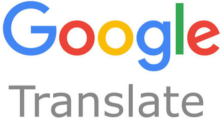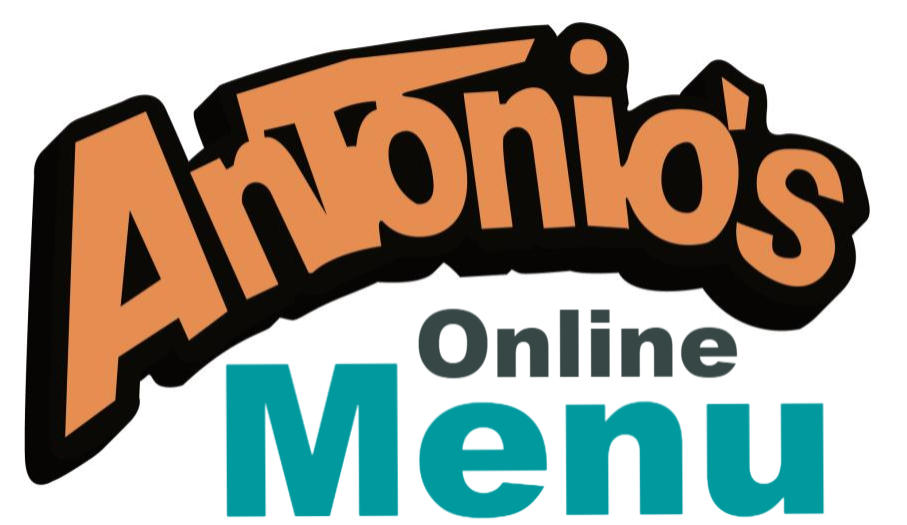
What is Python?
Q. What is Python? What can you do with it? And why is it so popular?
Python is the world's fastest-growing, multi-purpose programming language with a simple, and beginner-friendly syntax. It helps solve complex problems in less time and with fewer lines of code. It is a high-level language with cross-platform capability (Win/Mac/Linux) and a large ecosystem of libraries, frameworks, and tools.
Python for Beginners
Q. What are some of the basic coding instructions used in the Python Programming Language?
00:00 syntax - A concept in writing code dealing with a very specific set of characters and symbols organized in a very specific order that is recognized by a computer's operating system.
04:08 print - The function or command that instructs the computer to print the designated instruction.
04:12 parenthesis ( ) - The beginning and end markers of a programming request.
04:13 quotes " " - The beginning and end markers for a string or sequence of characters.
04:24 string - A sequence of characters referred to as textual data that is used to write a program.
04:50 run - The function or command that instructs the computer to run the designated instructions.
05:10 terminal window - The area designated for visual viewing of a computer responds to program instructions.
Example: print ("Hello World")
Hello World
05.30 variable - The label or name of temporary storage of data in a computer's memory.
05.40 value - A unique identifying property of a computer instruction associated with a variable.
05:45 age = 20 - In this example, age is the variable, and 20 is the value.
Example: age = 20
print (age)
20
07:18 values as number(s) - A value may be designated as a whole number or as a number with a decimal point.
Example: price = 19.95
print (price)
19.95
07:30 underscore - An underscore is used to separate words and helps make variables more readable.
Example: first_name = "Mosh"
print (first_name)
Mosh
08:02 boolean - A special type of case-sensitive value that is known as the boolean True value or the boolean False value.
Example: is_online = True
or
is_online = False
Exercise 1
09:08 Write a Python code that declares the following information:
- Patient named John Smith
- He is 20 years old
- He is a new patient
first_name = "John"
last_ name = "Smith"
age = 20
new_patient = True
print ("Patient: ") + (first_name ) + (last name)
print ("Age: ") + (age)
print ("New Patient: ") + (new_patient)
































































































































































